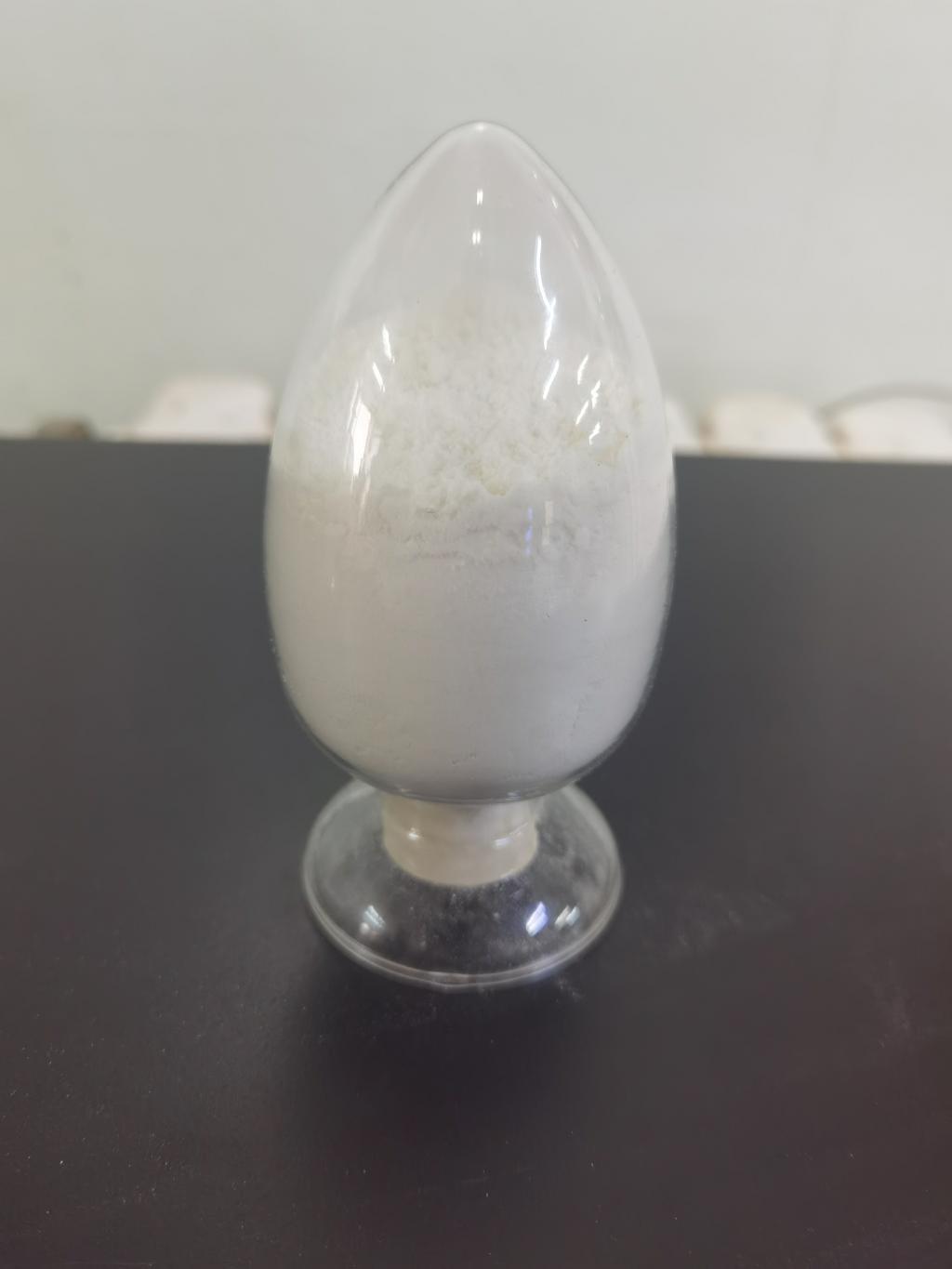Tel:0086 18231198596

News
Current Position:
Home >
News
>Sustainable Textile Industry Practices: The Role of ε-Polylysine Hydrochloride
Sustainable Textile Industry Practices: The Role of ε-Polylysine Hydrochloride
TIME:2024-02-26
Introduction:
The textile industry, while vital for global economies, has been associated with numerous environmental challenges. From excessive water consumption in dyeing processes to the release of harmful chemicals into ecosystems, the industry faces scrutiny for its impact on the environment. This article delves into sustainable practices within the textile industry and introduces ε-Polylysine Hydrochloride as a potential eco-friendly solution to address environmental concerns.
Environmental Challenges in the Textile Industry:
a. Water Consumption:
Dyeing processes in the textile industry are notorious for their substantial water requirements. Excessive water usage not only depletes local water resources but also contributes to water pollution through the discharge of chemical-laden effluents.
b. Chemical Usage:
The extensive use of chemicals in dyeing and finishing processes poses environmental risks. Harmful substances can find their way into water bodies, affecting aquatic ecosystems and potentially harming human health.
c. Microbial Contamination:
Microbial contamination is a common issue in the textile industry, leading to quality deterioration, odors, and potential health risks. Traditional antimicrobial agents often contribute to environmental pollution and may pose health concerns.
Sustainable Practices in the Textile Industry:
a. Water Recycling and Reuse:
Sustainable textile practices emphasize the recycling and reuse of water in dyeing processes. Advanced water treatment technologies and closed-loop systems are implemented to minimize the industry's impact on local water sources.
b. Green Chemistry:
Green chemistry principles guide the development and use of environmentally friendly chemicals in textile processing. This includes the reduction or elimination of hazardous substances, leading to safer and more sustainable production methods.
c. Circular Economy Initiatives:
The concept of a circular economy involves reducing waste by reusing, recycling, and repurposing materials. In the textile industry, this can involve the recycling of fibers, reducing the overall environmental footprint.
Introduction to ε-Polylysine Hydrochloride:
a. Source and Production:
ε-Polylysine is a natural antimicrobial peptide derived from microbial fermentation. ε-Polylysine Hydrochloride, the water-soluble salt form, exhibits strong antimicrobial properties against a broad spectrum of bacteria and fungi.
b. Eco-Friendly Characteristics:
One of the key advantages of ε-Polylysine Hydrochloride is its eco-friendly nature. Being derived from natural sources, it aligns with the principles of green chemistry and offers a sustainable alternative to traditional antimicrobial agents.
Application of ε-Polylysine Hydrochloride in Sustainable Textile Practices:
a. Enhancing Dyeing Processes:
The antimicrobial properties of ε-Polylysine Hydrochloride can be harnessed to reduce microbial contamination in dyeing processes. This not only improves the quality of dyed textiles but also reduces the need for harsh chemical antimicrobials.
b. Antibacterial Finishing:
Textiles treated with ε-Polylysine Hydrochloride can exhibit enhanced antibacterial properties, reducing the risk of microbial contamination during storage and transportation. This can be particularly beneficial for textiles used in medical and hygiene applications.
c. Reduced Chemical Load:
The incorporation of ε-Polylysine Hydrochloride allows for a reduction in the overall chemical load in textile processing. By minimizing the need for traditional antimicrobials and preservatives, it contributes to greener and more sustainable practices.
Challenges and Considerations:
a. Integration with Existing Processes:
Successful integration of ε-Polylysine Hydrochloride into textile processing requires compatibility with existing manufacturing processes. Research and development efforts should focus on optimizing formulations for seamless incorporation.
b. Consumer Acceptance:
Consumer perceptions of textiles treated with ε-Polylysine Hydrochloride are crucial for market acceptance. Clear communication regarding the eco-friendly nature of the treatment and its positive impact on sustainability can foster consumer trust.
Environmental and Economic Sustainability:
a. Reduced Water Usage:
The antimicrobial properties of ε-Polylysine Hydrochloride contribute to reducing microbial contamination, allowing for more efficient water reuse in dyeing processes. This reduction in water usage aligns with sustainability goals and conserves precious water resources.
b. Lower Energy Consumption:
Sustainable practices, including the use of ε-Polylysine Hydrochloride, can contribute to lower energy consumption. Reduced water heating requirements, as a result of more efficient dyeing processes, contribute to overall energy savings.
Future Perspectives:
The role of ε-Polylysine Hydrochloride in sustainable textile practices opens avenues for further research and innovation. Future studies should explore its applications in various textile types, optimize formulations for specific manufacturing processes, and assess the long-term environmental impact of its use.
Conclusion:
As the textile industry faces increasing pressure to adopt sustainable practices, the introduction of ε-Polylysine Hydrochloride presents a promising solution. From enhancing dyeing processes to reducing microbial contamination, this natural antimicrobial agent aligns with the principles of green chemistry and contributes to a more eco-friendly and sustainable future for textile manufacturing. Collaborative efforts among researchers, textile manufacturers, and regulatory bodies are essential to unlock the full potential of ε-Polylysine Hydrochloride in shaping the future of sustainable practices in the textile industry.

 CONTACT
CONTACT




